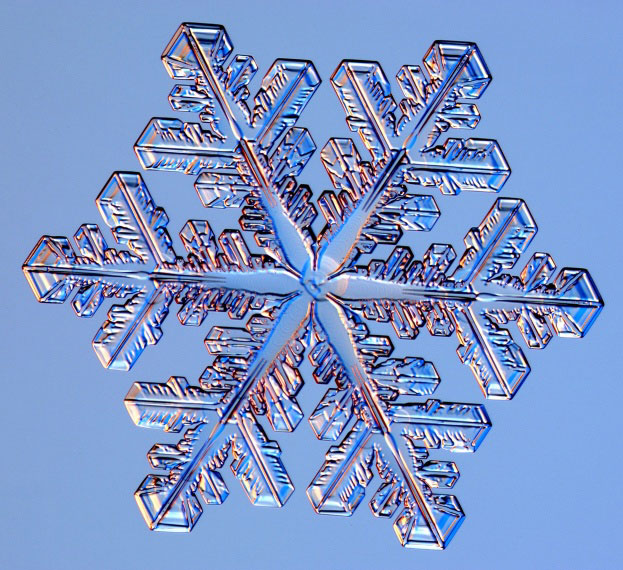Snow in Spring? Why a Cold March Doesn't Disprove Global Warming

It's the first week of spring, and yet many East Coasters woke up this morning to freshly fallen snow. Isn't that counter to the fact that the Earth is experiencing a warming trend?
"People make the mistake of equating weather in their location with global warming or climate change," said David Easterling, chief of the Scientific Services Division at the National Oceanic and Atmospheric Administration's National Climatic Data Center. "But the answer is that even with a warming planet, you're always going to have some places that are unusually cold for a day, or even a month, while at the same time other areas are unusually warm."
That type of variation was apparent on the global scale in February, Easterling said. In that month, New York City was slightly colder than average, but areas around it were unusually warm. While the western part of North America was unusually cold, Alaska was warmer than average. Similarly, a colder-than-normal Europe was offset by unusually warm temperatures in China, India and central Siberia.
"What we're dealing with now is weather as opposed to climate," Easterling told Life's Little Mysteries. Even by 2050, when the Earth is projected to be warmer, we'll still get an occasional cold air outbreak in the eastern states. "It just won't happen as frequently," he said.
So, then, why is it snowing in Times Square on March 23?
Just about any time it's unseasonably cold on the East Coast, it's because the jet stream — the fast-flowing upper air current that runs west to east over the U.S. — is acting funny.
Right now, a high-pressure system in the western part of the country has nudged the jet stream north in that area. When that happens, the jet stream will dip southward in the east, creating a low pressure trough.
Get the world’s most fascinating discoveries delivered straight to your inbox.
"Cold air from Canada moves into this trough," Easterling said. "This will last for the next 10 days or so, and it will be cold in the east." After that, though, the jet stream ridge will likely be over the east coast, bringing warmer air with it. Which is another reason not to get worked up over snow in the spring.
"It's a transition season, spring, and we'll still get the occasional blast of cold or warm air," Easterling said. "By May, things will settle into a more reliable pattern."
Life's Little Mysteries is a sister site to LiveScience. Follow Bjorn Carey on Twitter @thebjorncarey


